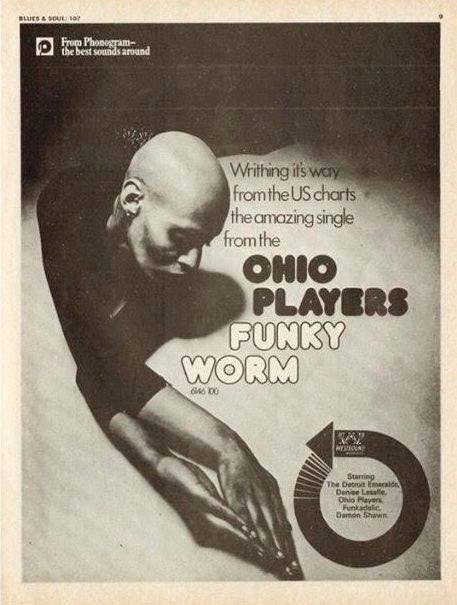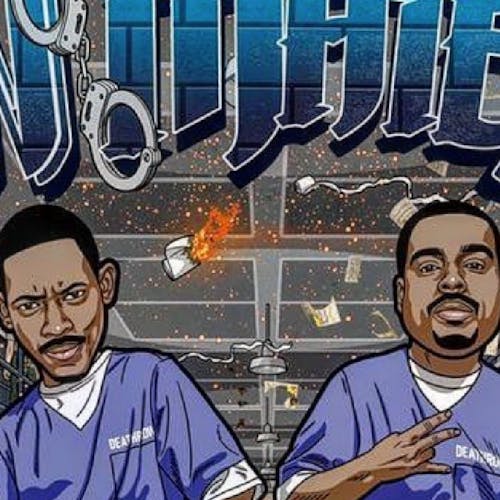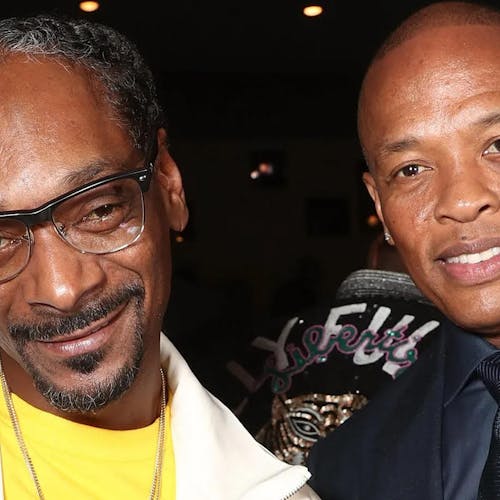features
"Funky Worm," G-Funk & Pre-Crack Los Angeles
"Funky Worm," G-Funk & Pre-Crack Los Angeles
Published Thu, December 15, 2022 at 2:00 AM EST
As we look back on 30 years of 'The Chronic,' perhaps we're better suited to examine why 'The Chronic' works, instead of 'who' has ownership over G-funk itself.
In many ways, G-Funk is comprised of warring concepts: a feel-good groove over an obituary-like truth about the failed War on Drugs. It's both melodic and macabre.
Fathers, mothers, uncles, cousins, brothers, and sisters went away for decades for the same weight equivalent of a cassette tape.







